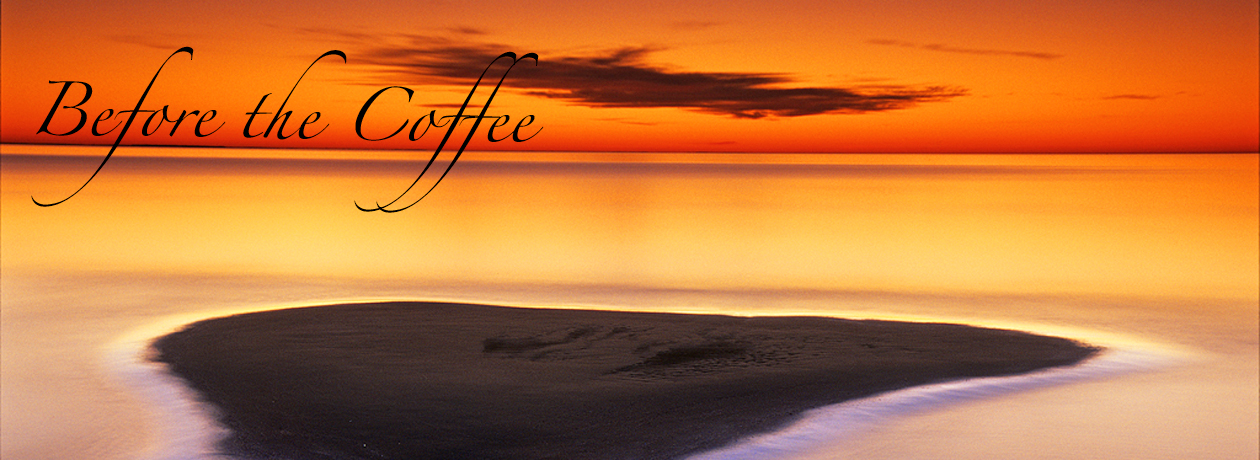We are all aware of the benefits of the circular polarizer in single image photography. It has the ability to darken the sky and remove reflections from shiny surfaces. I started wondering, could there be a benefit in using the circular polarizer when shooting HDR image sets or does the merging and tonemapping process nullify or eliminate the polarizing effect? I decided to create two HDR images of a scene, one taken with a polarizer and the other taken without the polarizer, then compare the results.
Some salient points about the polarizer.
1. Darkens the sky greatest at 90 degress to direction of light.
2. Removes reflections or glare (darkens water).
3. Degree of polarization varies with direction of light.
4. Images taken with wide angle lenses can have uneven blue skies (note: 24mm used below).
Single 0EV Images – Polarizer Left Image No Polarizer Right Image
.jpg)
Compare these single images and you’ll notice the polarizer (left) has darkened the sky and has dramatically reduced the glare on the red chairs. Notice the Polarizer has also created a triangular shaped blue region in the top right. This is due to the 24mm focal length capturing a large region of sky and in this case the direction of light approaches 90 degress toward the top right.
HDR Images Polarizer Left Image No Polarizer Right Image
(both tonemapped with default settings in Photomatix)
.jpg)
HDR processing of the polarized image set (left) and the unpolarized image set (right) has created similar tones in the blue sky. Using a polarizer doesn’t help the saturation of the blue sky when creating HDR images. The HDR merging process simply uses a less exposed image in the set to achieve saturation.
When it comes to glare reduction it’s a different story. The polarizer offers a noticeable benefit in the reduction of glare and more saturated colors when creating HDR images. Notice the red chairs and compare points 1, 2, and 3. I would still keep your polarizer in your camera bag and use it for glare reduction on those shiny surfaces.



5 comments
Interesting comparison.
I usually leave the polarizer on when I’m shooting outdoors so a large amount of my HDR images we taken with the polarizer on…now I question the need. 🙂
Thank you for bringing this up. I think the effect would have been more dramatic with pictures of some window or lake surface. The sky in your examples also lacks some clouds. The effect with those is well known but it would have been interesting to see how this turns out here.
I guess I know what I’m doing the coming weekend.
Nice tip!
Ferrell, this matches my experience. HDR tends to even out the blue sky, which is one of the most easily seen “downsides” of using a polarizer on wide views… especially panoramic stitched scenes. So polarizer or not is something of a wash for that. Conversely HDR can punch up the blue, which may imply that the polarizer isn’t needed for that.
But as you’ve found with the red chairs, the effect on glare (and therefore local contrast and color saturation on anything that was experiencing glare) is quite a different matter. I often use a polarizer in combination with HDR to get a better grade of “feed stock” to provide to the HDR merge process. As mentioned by Adrian above, common examples where I find the polarizer useful relate to anything with water or ice, specular reflections from metal or glass, and clouds or snow-capped mountain peaks that I want to “pop” against the surrounding sky. I sometimes shoot a double-sequence, once fully polarized and once fully non-polarized, so I can mix & match elements if I need a different part of the scene represented each way.
Ah, I’ve been wondering about this for a while… Thanks!